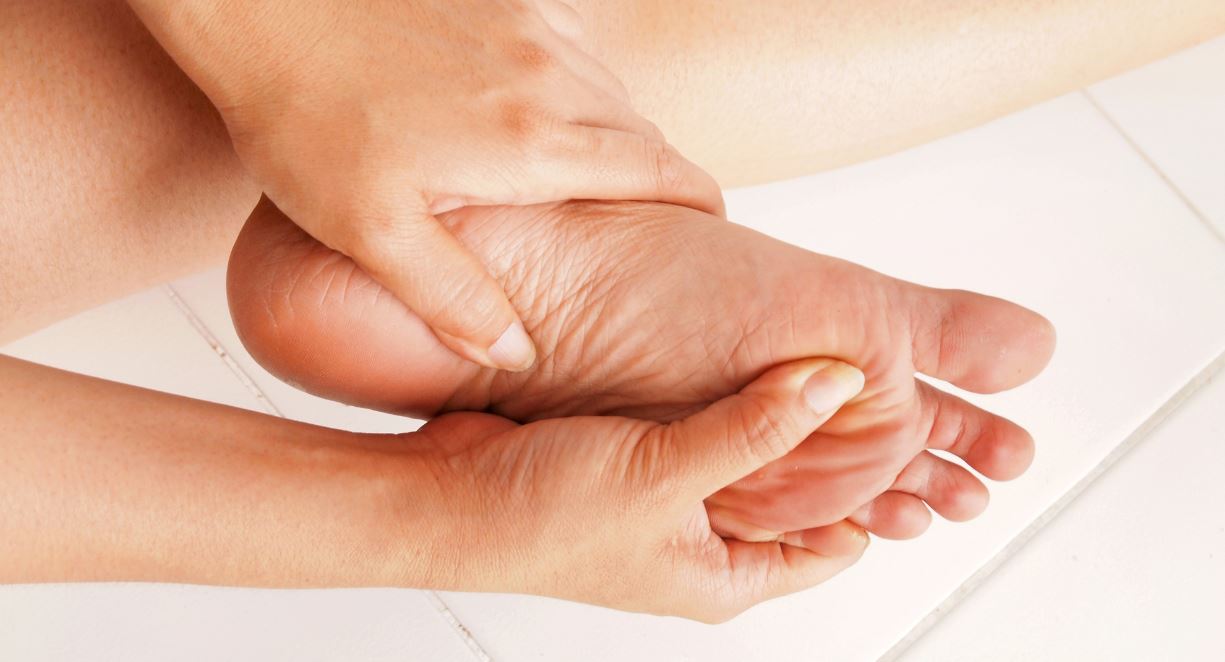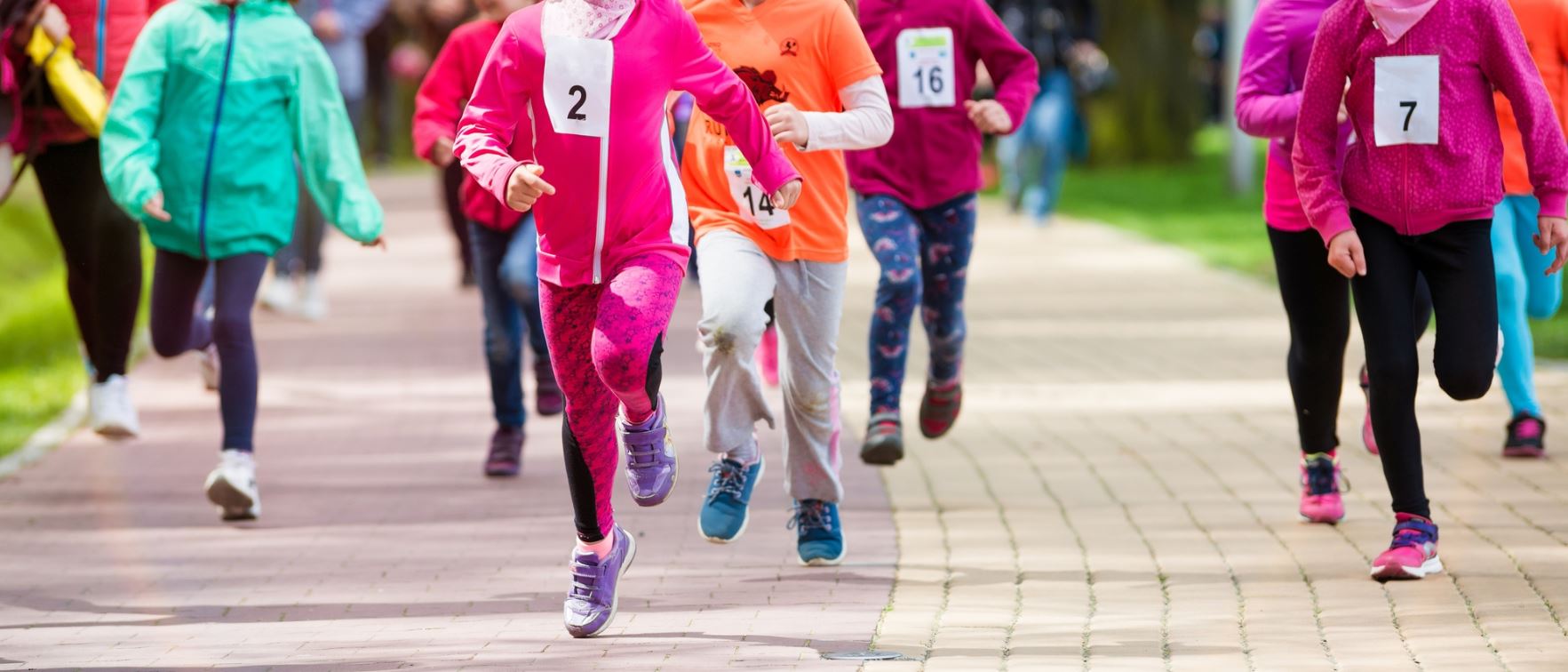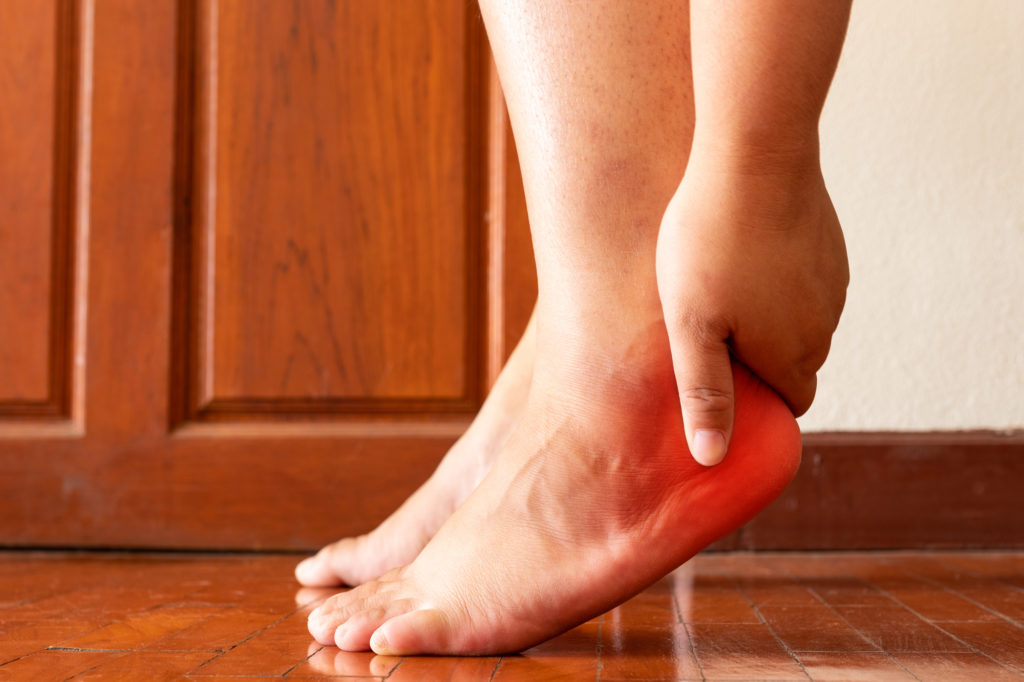Running has been suggested by many medical doctors and therapists to the people who are in the quest to improving their mental health. This is because running, like other exercises, unquestionably takes care of the mental health as efficiently as it does to one’s physical well-being. There are various psychological benefits of running, but here are the seven most cited:
1. Lowers anxiety and stress
Runners are recognized to be less stressed and therefore are more able to manage their daily stressors properly. This is attributed to the fact that running refreshes their thoughts, keeps their minds off worries, and gives them ample and undistracted time to think, reflect, and concentrate. In addition, based on a number of reports, running is much more efficient in handling anxieties much better than medications.
2. Enhances mood
Whenever running, the body creates a substance called endorphin (endogenous morphine) that can cause a different sense of excitement. This state of euphoria is called runner’s high mainly because after running, folks are in the good mood, are happier, and indescribably feel better. Runner’s high is also thought to be responsible for the runners’ seeming “addiction” to running: Simply because they’re often intensely post-euphoric, runners keep running each and every possibility they get.
3. Improves confidence
The sense of achievement immediately after finishing a run or completing a target distance enhances the runners’ confidence. This is especially true of people which are naturally competitive they routinely sign up for marathons and other running events. Improved confidence also comes to people who have noticeably dropped a few pounds and achieved more toned and firmer muscles through running.
4. Fights addiction
Running is conceived to be a natural tranquilizer, which describes why therapists suggest it to those who are struggling with their addiction. Numerous successful stories are actually documented, saying that recovering patients use the time they would otherwise spend to meet their addiction in running. Through running, patients also grow to be mentally stronger to resist the urge of alcohol, drugs, or anything they feel addicted to.
5. Develops mental alertness and focus
Simply because running keeps the mind on the “now,” the mind is taught to focus and concentrate. Running in addition reduces mental fatigue, sharpens memory, and increases overall mental stamina. Runners, in effect, are found to have better problem-solving skills and tend to be more mentally alert than before.
6. Relieves depression
Running is found successful for curing clinical depression. The act of running, in accordance with therapists, serves as a psychotherapy, which gives the patients their own space to heal and connect with their selves better. In addition, they say this is a good distraction from all depressing things. Other than depression, medical doctors also find running an effective therapy for people who have other types of psychological disorders.
7. Enhances coordination
The coordination of mind and body is improved with daily running. Even if running with a flat, paved surface or on an uneven trail, the mind is trained to harmoniously work with the body to avoid stumbling and tripping over. Like the other psychological benefits of running, better mind-body coordination is important in daily activities.



